
New research shows that the Red Sea dried up 6.2 million years ago - Illustration: SciTechDaily.com
New research by scientists at the Saudi Arabian University of Science and Technology shows that the Red Sea - the sea between the Arabian Peninsula and Africa - completely dried up about 6.2 million years ago, turning the area into a giant desert before flooding back with water.
The study, published in the journal Communications Earth & Environment , found that the Red Sea experienced a prolonged period of dryness, during which sea levels dropped sharply and salt accumulation increased, leading to the formation of salt layers up to 2km thick on the seafloor.
The Red Sea is no stranger to complex geological phenomena. The region formed some 300 million years ago when the African and Arabian tectonic plates began to separate.
Originally, it existed as inland lakes until about 23 million years ago, when water from the Mediterranean flooded in, turning the area into a true sea.
However, about 6 million years ago, the Red Sea entered a period of serious "crisis".
Geological data shows that due to changes in sea levels and strong tectonic activity, this area was completely isolated from the ocean, causing water to evaporate rapidly in arid climate conditions, creating giant salt layers on the seabed today.
To clarify this special period, the research team led by scientist Tihana Pensa surveyed and analyzed the sediment layers at the bottom of the Red Sea. By comparing geological data, seismic activities and stratigraphic features, the team found an unusual sediment layer - evidence that the Red Sea had completely dried up before being re-invaded by seawater.
Scientists explain that, over thousands of years, water from the Indian Ocean flooded into the Red Sea basin, restoring the marine environment and establishing the current hydrological connection between the Red Sea and the Indian Ocean.
This discovery, according to experts, not only helps clarify the complex geological history of the Red Sea but also provides important evidence of global environmental and climate fluctuations in the distant past - valuable data in predicting current climate change.
Source: https://tuoitre.vn/bien-do-tung-bien-mat-hoan-toan-va-thanh-sa-mac-co-chuyen-gi-20251018195546132.htm








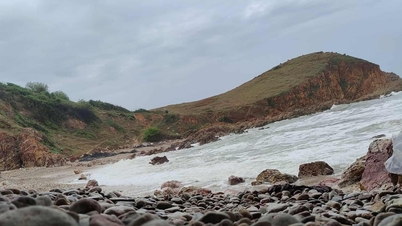

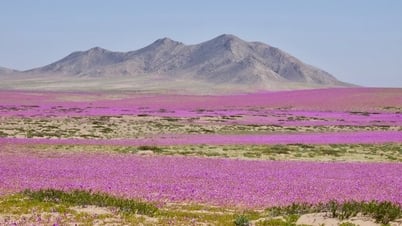





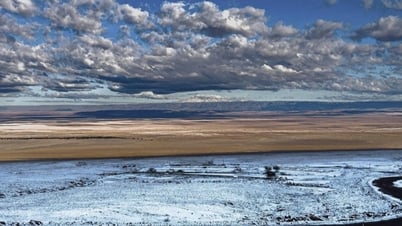
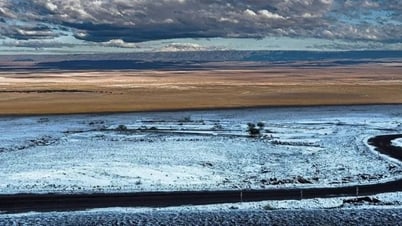









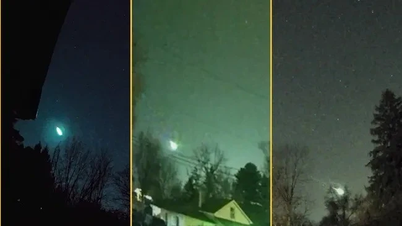










![[Photo] Worshiping the Tuyet Son statue - a nearly 400-year-old treasure at Keo Pagoda](/_next/image?url=https%3A%2F%2Fvphoto.vietnam.vn%2Fthumb%2F1200x675%2Fvietnam%2Fresource%2FIMAGE%2F2025%2F12%2F02%2F1764679323086_ndo_br_tempimageomw0hi-4884-jpg.webp&w=3840&q=75)
![[Photo] Parade to celebrate the 50th anniversary of Laos' National Day](/_next/image?url=https%3A%2F%2Fvphoto.vietnam.vn%2Fthumb%2F1200x675%2Fvietnam%2Fresource%2FIMAGE%2F2025%2F12%2F02%2F1764691918289_ndo_br_0-jpg.webp&w=3840&q=75)


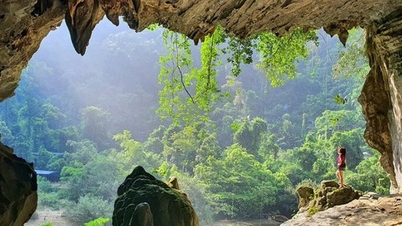

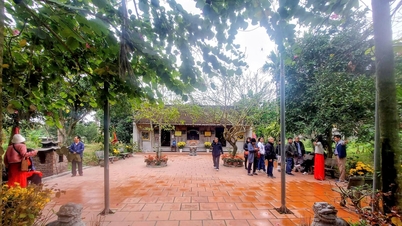
























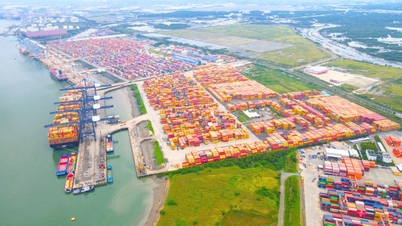





























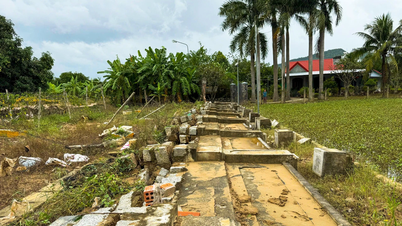













Comment (0)